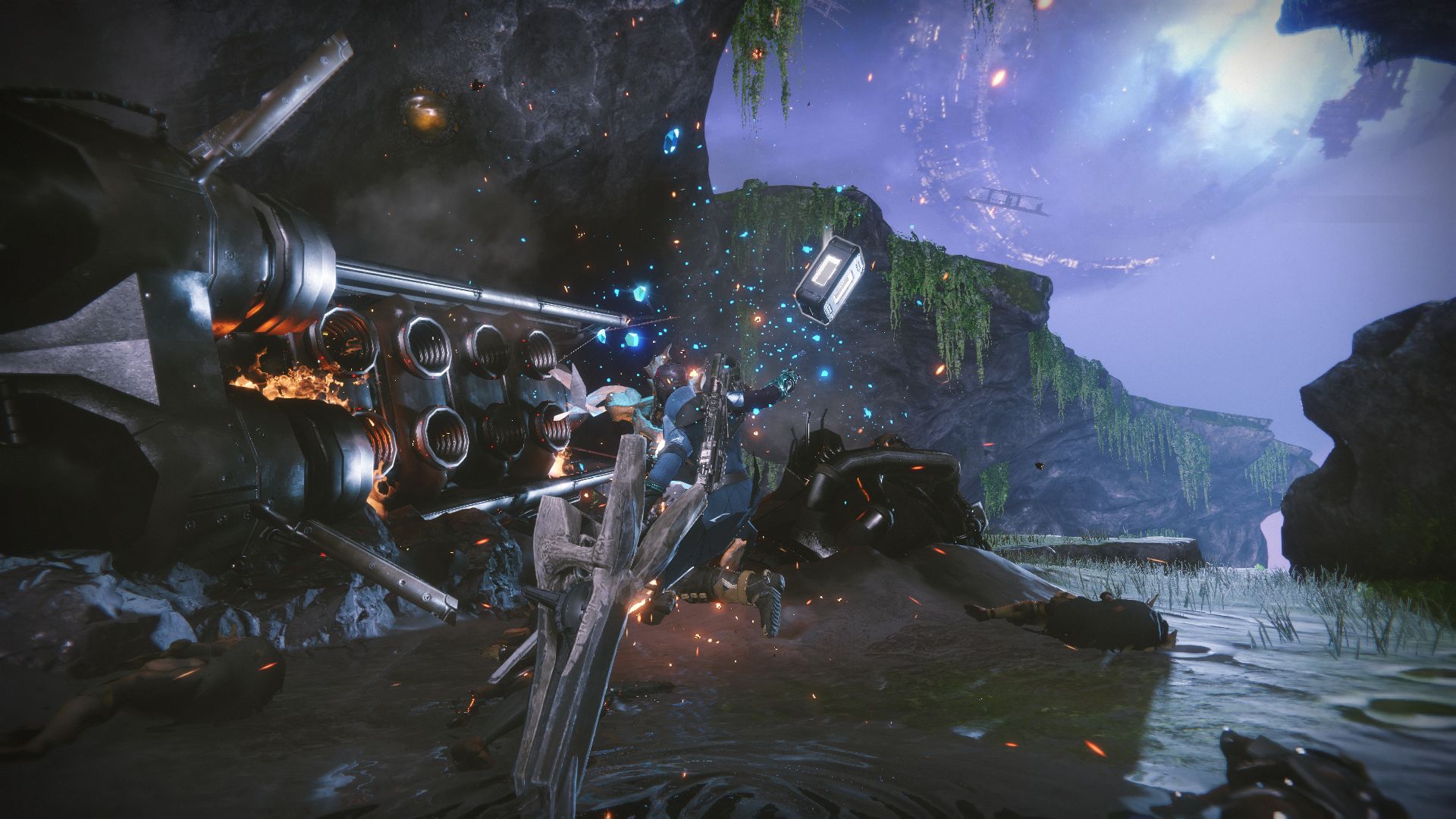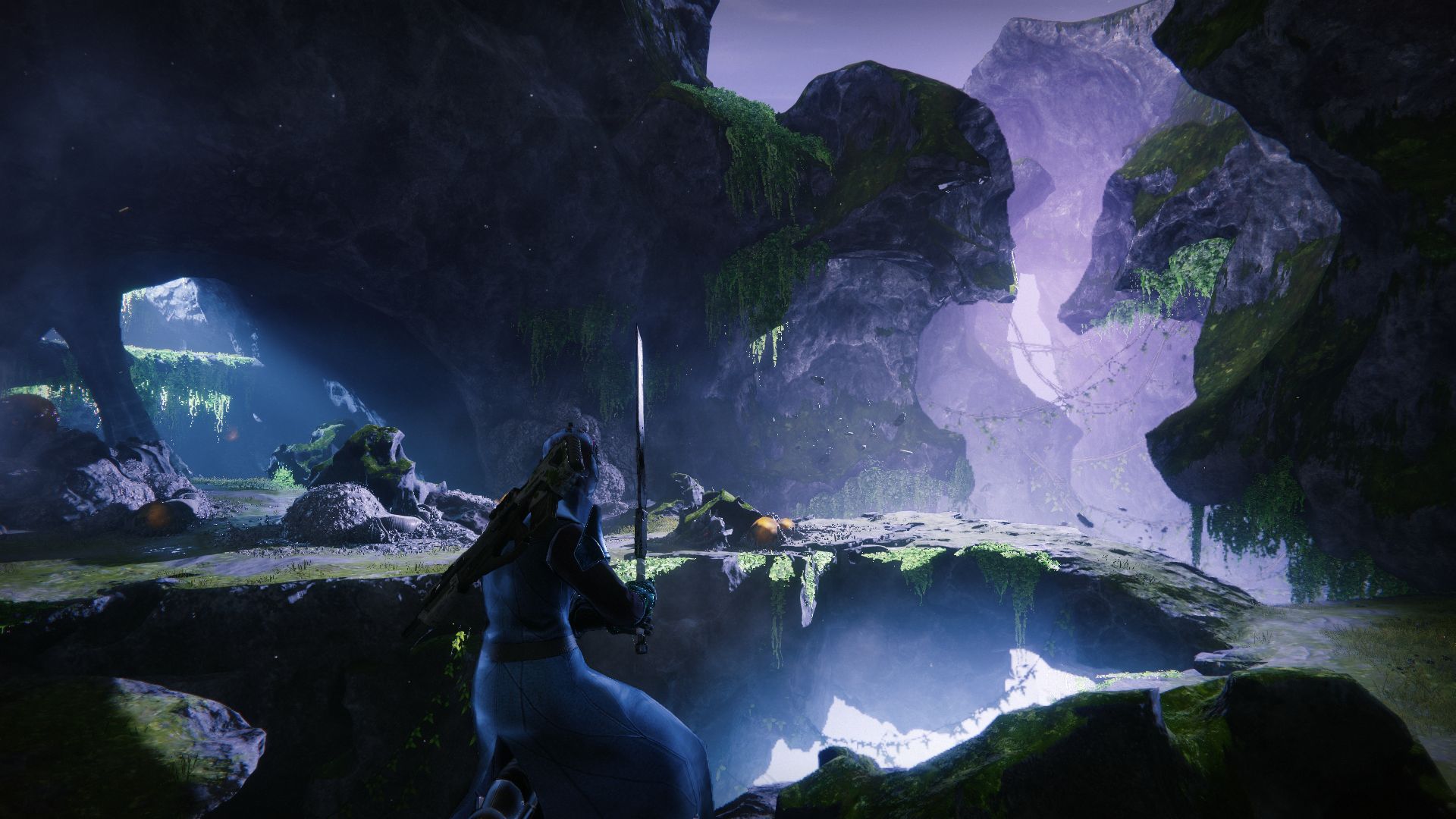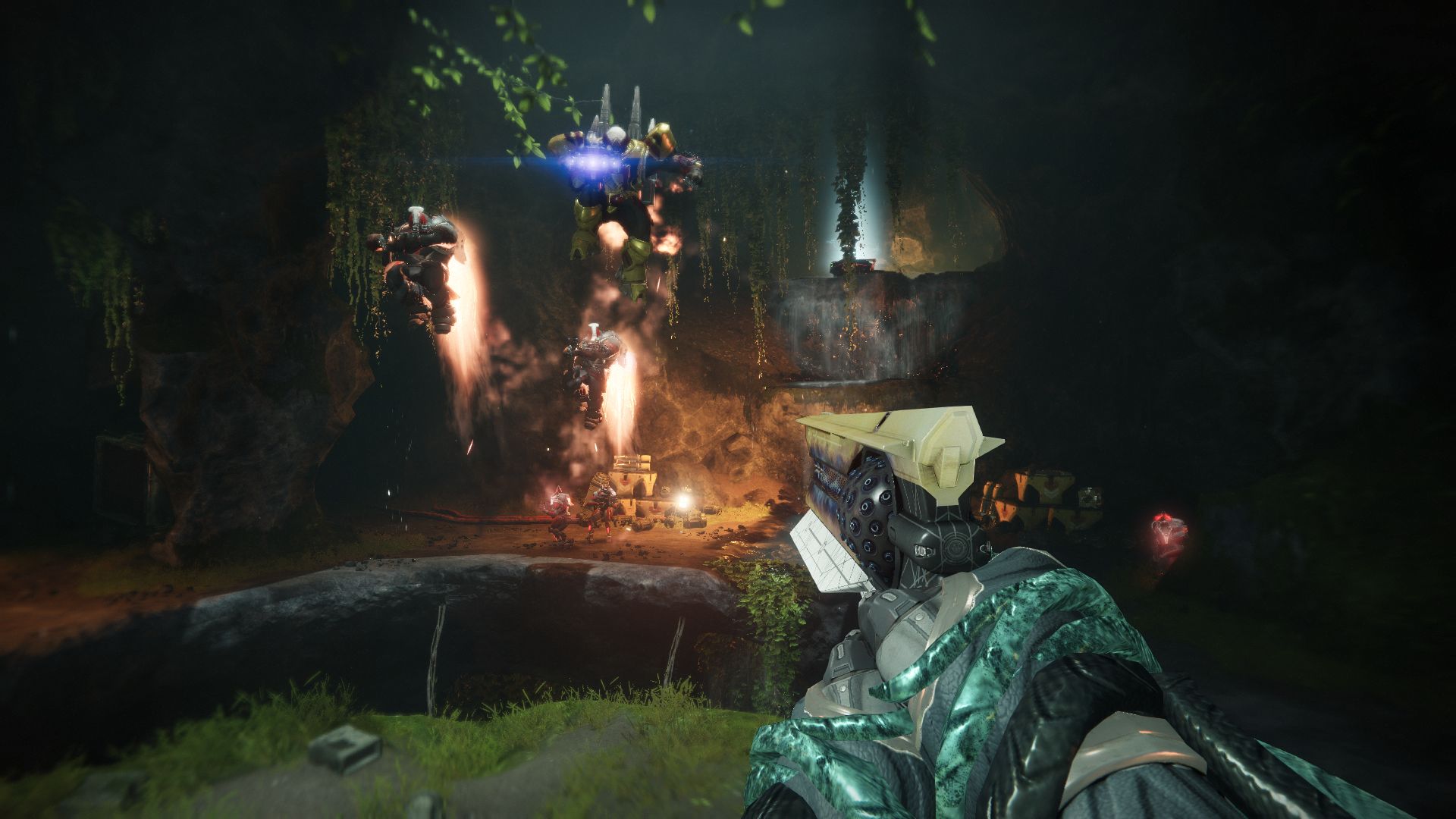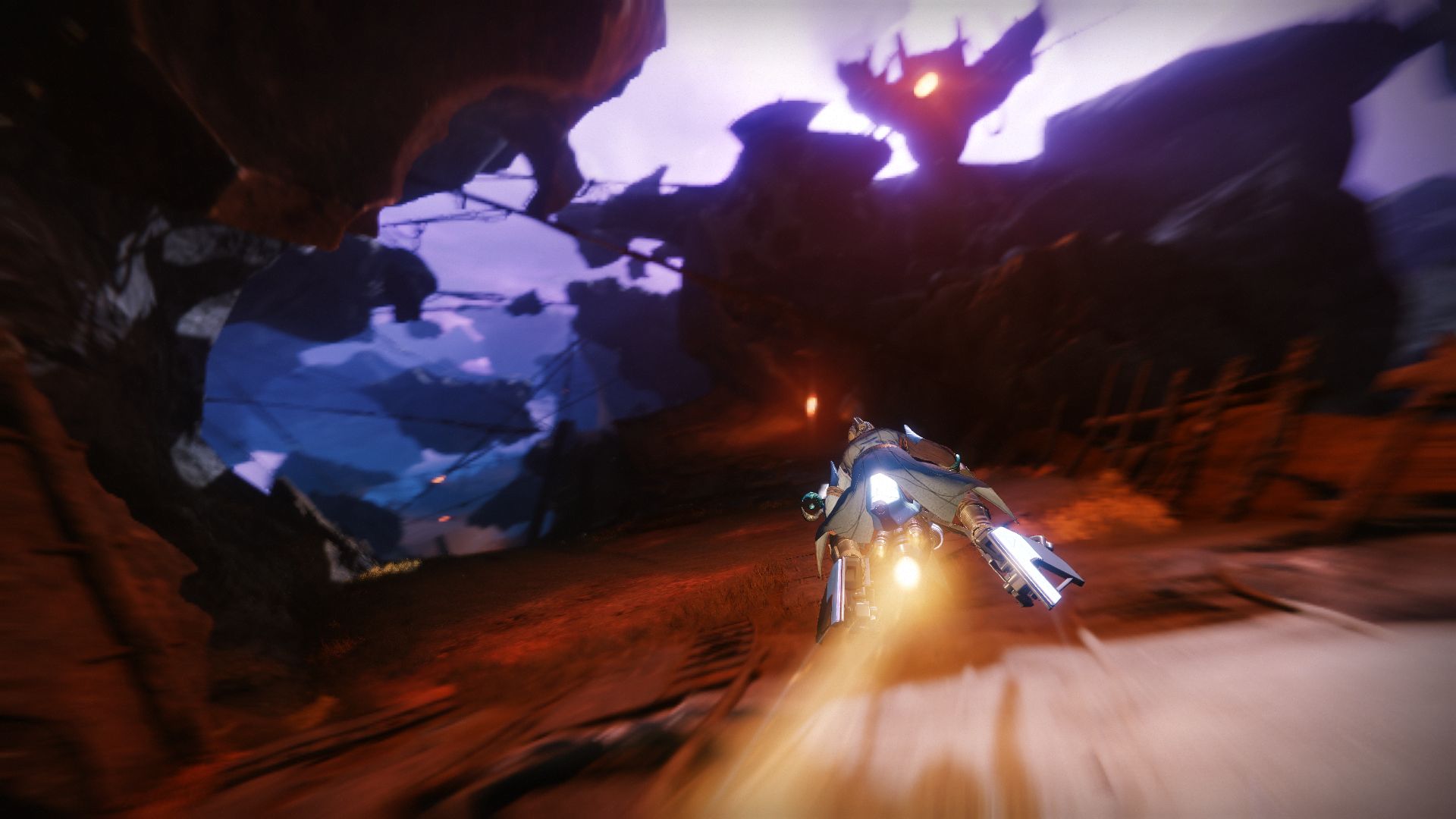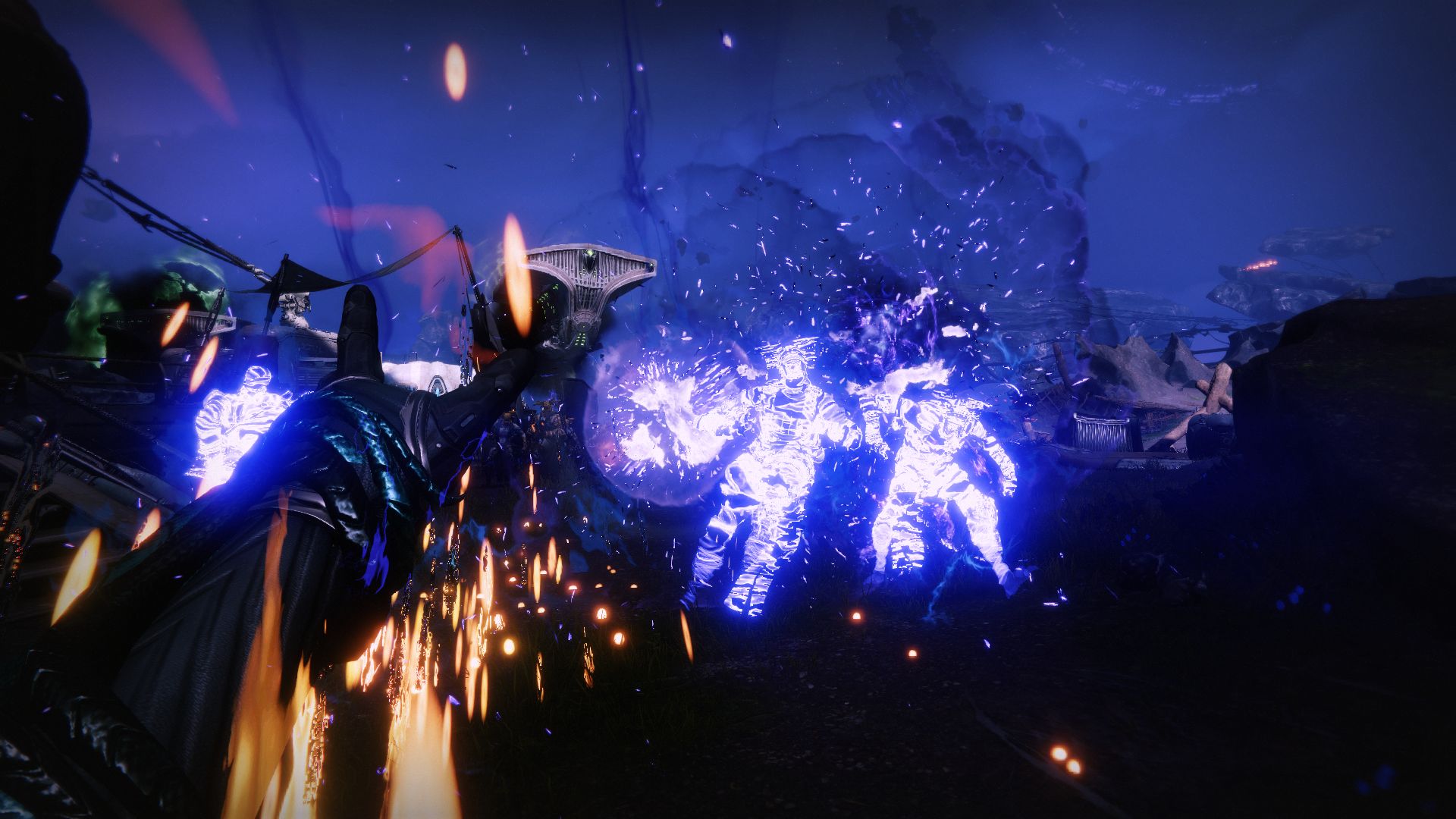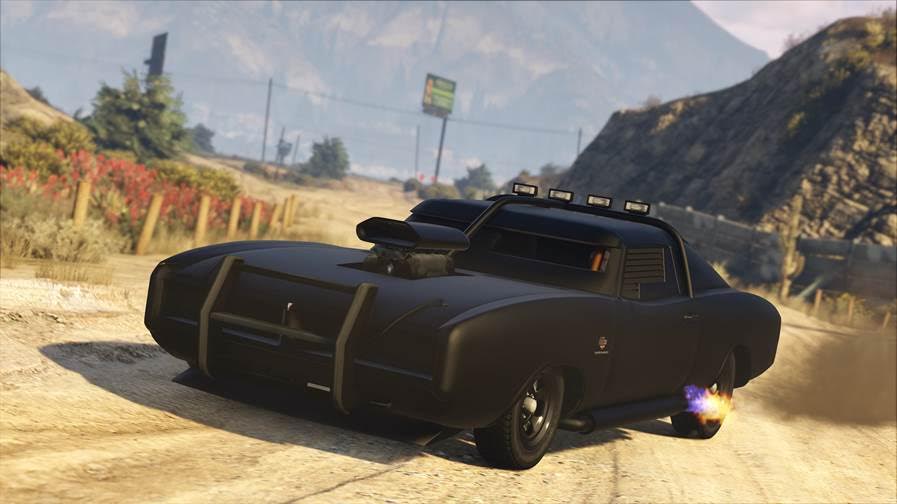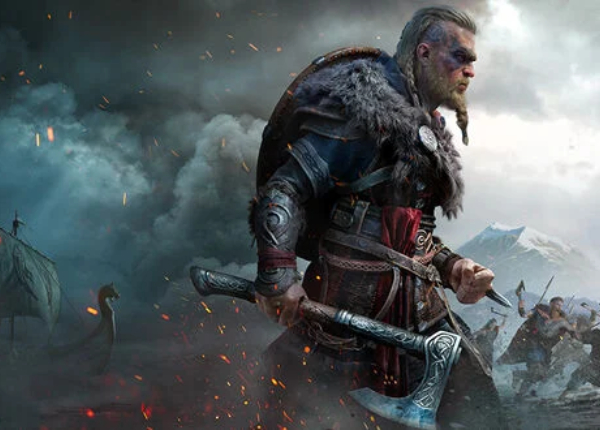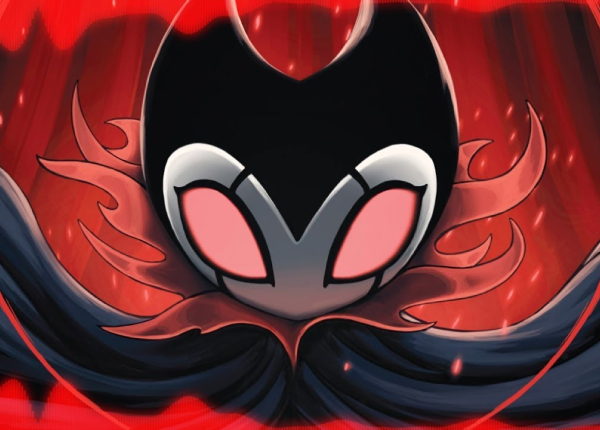Has Destiny 2 been improved by its updates?
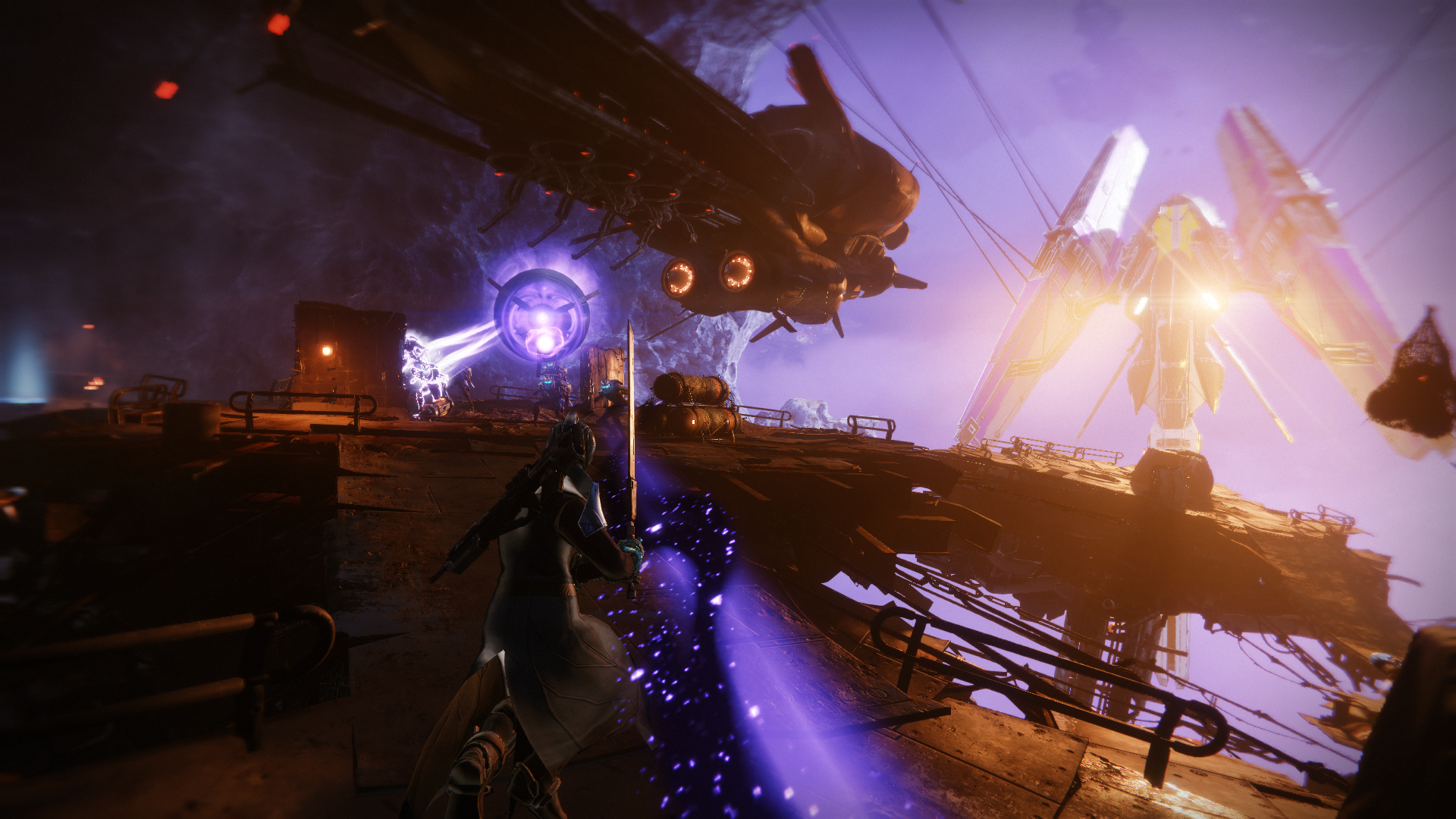
Humanity is a self-destructive species, and Destiny 2: Forsaken is credible evidence that we’re probably doomed.
Fortunately, Forsaken is also the best update possible for Bungie’s MMO-lite shooter, adding fantastic new modes, new weapons, new missions, and new purpose to a game that had fallen flat a few months after launch even amongst its most hardcore fans.So there’s some good news, at least. To understand how it highlights the flaw in our species’ brain patterns, though, we need to look back at the launch of Destiny 2, and its simplified loot system.
Bungie’s game is ostensibly about shooting — chunky, explosive, great-feeling shooting — but it’s just as much about loot. Where the first game (only ever released on console) spat out random gear with random perks at seemingly random intervals, its sequel adopted a vending machine system: tokens were earned for playing the game, and could be exchanged for a small pool of weapons and armour that always came with the same attributes and perks.
It was an unequivocally fairer system than the one employed in Destiny, and it respected the player’s time in a way that few modern monster games do. “You don’t need to grind for hours every day in order to get this specific gun with this specific scope and this specific ability!,” Bungie said. “You can go outside, breathe the fresh air, feel the sun on your face. You can even play other games!”
It didn’t work. Destiny players hissed at the intrusion and pulled the blinds closed against the sun, looking instead for another shooter to satisfy their cravings for newer and shinier guns. I was one of those players, hissing in the dark after plugging some 800 hours into its console predecessor. I cleared my schedule for Destiny 2, but a month after launch, having already earned all its toys, I fell away from the game. Big-name YouTubers followed suit, first complaining, then making suggestions, and then — over time — drifting away from the game entirely. The wider community were last to go. My clan Discord, once so noisy I had to turn all notifications off, fell almost silent as people “completed” a game that they had expected would operate in perpetuity.
Forsaken fixes that problem almost entirely, and — here’s where my concern about our brains comes in — it does so by simply reintroducing the randomness. Bungie’s biggest update yet turns Destiny 2 back into an approximation of the Skinner Box that Destiny 1 was, asking players to compose prayers and hold their hands aloft to the RNG gods in order to get the best stuff. The change goes against previous decisions that — on paper — respected players and their time, and makes Destiny 2 a less fair game. But, for our brains’ sins, it also makes it a better one.
First to note, guns can now drop with wildly differing perks: one of my sub-machine guns gets better for a few seconds after I do a bumslide, for example; another reloads itself when I put it away. This brings back the concept of the “god roll”: the lucky weapon drop that comes with the best possible perks for use in PvE, PvP, or both. This finally makes each weapon drop mean something, and gives different versions of the same gun very different utilities. In some cases, it even makes them rubbish. I’ve got two Twilight Oath sniper rifles, for example, but where one causes extra damage with its first bullet and will reload faster after a kill, the other one gains extra stability when fired from the hip — a useless trait for a long-range weapon.
On the other end of the spectrum, I punched the air when I got a Bygones pulse rifle with the “headseeker” perk. My new toy was a punchy burst-fire machine, gaining additional damage on headshots when the initial bullet of a three-round spray hit an enemy’s body first. It quickly became my go-to gun in the player-on-player Crucible, and was the gun that I upgraded to the top level “Masterwork” status, spending hard-to-find items to make it slightly more stable in the hand. This change is born of randomisation, but it fosters connection with gear — and the level treadmill — that was missing at launch. In those days, one Twilight Oath or Bygones would’ve been almost exactly the same as the other, barring only the attached power level.
Those power levels are what I’ve been trying to increase for the majority of my time with Forsaken. The base level cap has been raised from 20 at Destiny 2’s launch to 50, but I hit that target by simply playing through Forsaken’s 8-hour long campaign. Power level, on the other hand, is generated from the average levels of the guns and armour you’re sporting, and it’s power level, not character level, that determines a player’s ability to face off against tougher enemies, to attempt endgame missions, and to even think about taking a run at the new “Last Wish” 6-person raid.
This is where Forsaken’s grind kicks in, and it’s in this space that the majority of Destiny exists. Forsaken’s campaign is lavish and well-acted, an arc of revenge that has more immediacy than any of the wooshy space fantasy that the series has shown off before, but it’s not a game about an eight-hour campaign. It’s a game about 80-hour grind. Or about 800-hour grind — there really is that much space in the revamped loot system, which builds even further on last year’s changes that saw the Masterwork system first introduced.
Reaching the soft power level cap is easy: by simply playing missions, players will receive a steady stream of gear that tops out at 500. But from there, they’ll need to start going for what Bungie calls “Powerful Gear,” choosing to complete missions, tick off bounties, and play game modes that guarantee drops of higher-level loot. Each of these drags their overall power level up, theoretically until they’ve reached the hard power level cap of 600.
There are rules within this system that lock some truly top-tier stuff behind completion of certain events, but by and large, Forsaken gives a wealth of choice in how players get on their grind. Daily and weekly server resets mean that I’m able to get guaranteed gear upgrades by completing story missions on harder difficulties, or by running three-person “strike” missions from an expanded playlist, or by queueing for competitive multiplayer matches, or by finishing a number of games in the new (and excellent) Gambit mode, or by completing a set number of short patrol missions, or by hunting certain targets in open-world arenas, by simply sitting and waiting for my clanmates to finish the raid on their own, or by one of tens of methods that rotate every day and every week to give me more chances at loot.
You can choose to do all of these things, or some of them, or just one of them — your favourite mode — and still progress. I’m currently sitting somewhere between “some” and “all” on this scale, playing Gambit and competitive multiplayer modes every day for sheer enjoyment, bashing out three story missions in 15 minutes out of obligation, and steering clear of the punishing Nightfall strike until I’m comfortable with my levelling progress and have easy access to similarly specced teammates. The new approach means there’s always something to do in Forsaken, and it always feels like it’s contributing to the uphill climb. At launch this climb led nowhere: the raid was the summit of the mountain, and the raid paid out in powerful gear that… let players do the raid again. But Forsaken also introduces new places that hint at the future, and a reason for the grind.
The Tangled Shore is a junkyard in a space storm, built from lashed-together asteroids and lit like the inside of a headache. The Dreaming City is a kingdom in the sky, full of floating islands wreathed in azure mists, and spire-encrusted castles filled with orreries. They’re both beautiful — the kind of beauty a battalion of triple-A animators and artists can produce — and they’re both riddled with secrets. In the weeks since launch, the Dreaming City has metamorphosed, filling itself with different enemies, playing host to super-high level fights, and hiding portals to other dimensions, visible only to people who find and drink the Queen’s own special brew. There’s already been more change and progression in these areas, designed for players who will devote hours a day to the game, than there was in standard Destiny 2 even months after launch.
Forsaken’s Gambit mode, too, feels like a new frontier. It melds PvE and PvP into one gametype, tasking two groups of four with the job of killing AI enemies, collecting the motes of light that they drop, and depositing them in a central bank. When teams reach 75 motes banked, they spawn a boss “Primeval,” and the first to kill theirs wins. But players can also make use of an invasion portal to hop into their enemies’ gameworld and wreak havoc, denying motes and healing their Primeval with every PvP kill. Gambit is chaotic and tense in the best way, and I’ve howled and cheered at my screen countless times over the last three weeks as last-ditch heroics doomed or saved me and my teammates. The mode feels like an instant winner borrowing from Dark Souls and Bungie’s own Supremacy game mode to make something that will draw a healthy playerbase — even if the current scene is dominated by the one-shot-one-kill Sleeper Simulant fusion rifle.
For more dedicated PvP players, Forsaken has normalised the majority of its multiplayer Crucible mode as six-on-six, where previously it was four-on-four. The change makes for faster fights where individual skill can shine, but I found myself pining for the coordinated firefights of the smaller player counts. Fortunately, I found my home in the competitive playlist, where objective-based games still pit two teams of four against each other. God-rolled guns find their home in the Crucible: it was here that I discovered my love for my Bygones pulse rifle, as well as the power of bows, newly introduced in Forsaken. Landing a headshot with an explosive arrow is a special feeling: the twang of the bow, the thffft of the arrow, the plink of the explosion all sending a shiver of ice-cold smugness throughout my body.
Bows are brand new in Forsaken, and introduced as part of its story campaign. That campaign a much more sombre affair than anything yet in Destiny 2, especially when put against last year’s Curse of Osiris and Warmind DLC expansions, both of which kept affairs light and breezy. Ghost, in particular — the floating, chattering orb that resurrects the player from their countless deaths — has toned his bants way down, going from amateur comic to genuinely worried observer. The death of a central character will do that to a floating robot, apparently, but Ghost also raises interesting questions about humanity’s motivations in eagerly killing every new race it meets, and the player-character’s own enjoyment of wholesale headshotting.
The campaign is a showcase for some of Destiny’s prettiest vistas yet, and there’s more variation in level design than I’ve seen so far in this series, but the core story is likely to become a distant memory shortly after completion. Forsaken is better at recycling its story missions than Destiny 2 was at launch, but it still only offers a selection of them, out of order, as part of a rotating set of daily tasks. Even weirder, players who choose to jump their alternate characters up to the level cap have to agree to skip last year’s campaigns — the base game, Curse of Osiris, and Warmind missions — and forfeit the chance to play them in order.
It’s a strange decision that risks alienating lapsed players who just want to play with the new stuff, but brand new players should take their time playing through the story. With the launch of Forsaken, Destiny 2 now has four large-ish campaigns to dig through: hours of missions that are as fun and lavishly put together as any modern shooter. Forsaken’s launch makes it feel more coherent, too, furthering the stories of characters that had already been fleshed out in last year’s releases, and in some cases, giving them surprising conclusions.
Underpinning it all is one of the best-feeling shooting systems in any modern FPS. Shooting aliens remains fun with Bungie’s guns, even after hundreds of hours, and it’s this feedback loop that drives the desire to get bigger and better gear. Forsaken has turned Destiny 2 back into a Skinner Box, but it’s a fairer, funner Skinner Box replete with hundreds of brightly lit buttons that mostly provide useful rewards. Some will look outside its artificial confines, see the scientists feeding us treats, and choose not to engage, but those people still get tens of hours of singleplayer story, a healthy multiplayer community, and the promise of regular game updates.
For me? Well. If we are doomed, exposed as a self-destructive species that will happily push buttons for treats until we die, at least I’ve got a rejuvenated Destiny 2 to play while the world burns around me.
[ad_2]
Source link

